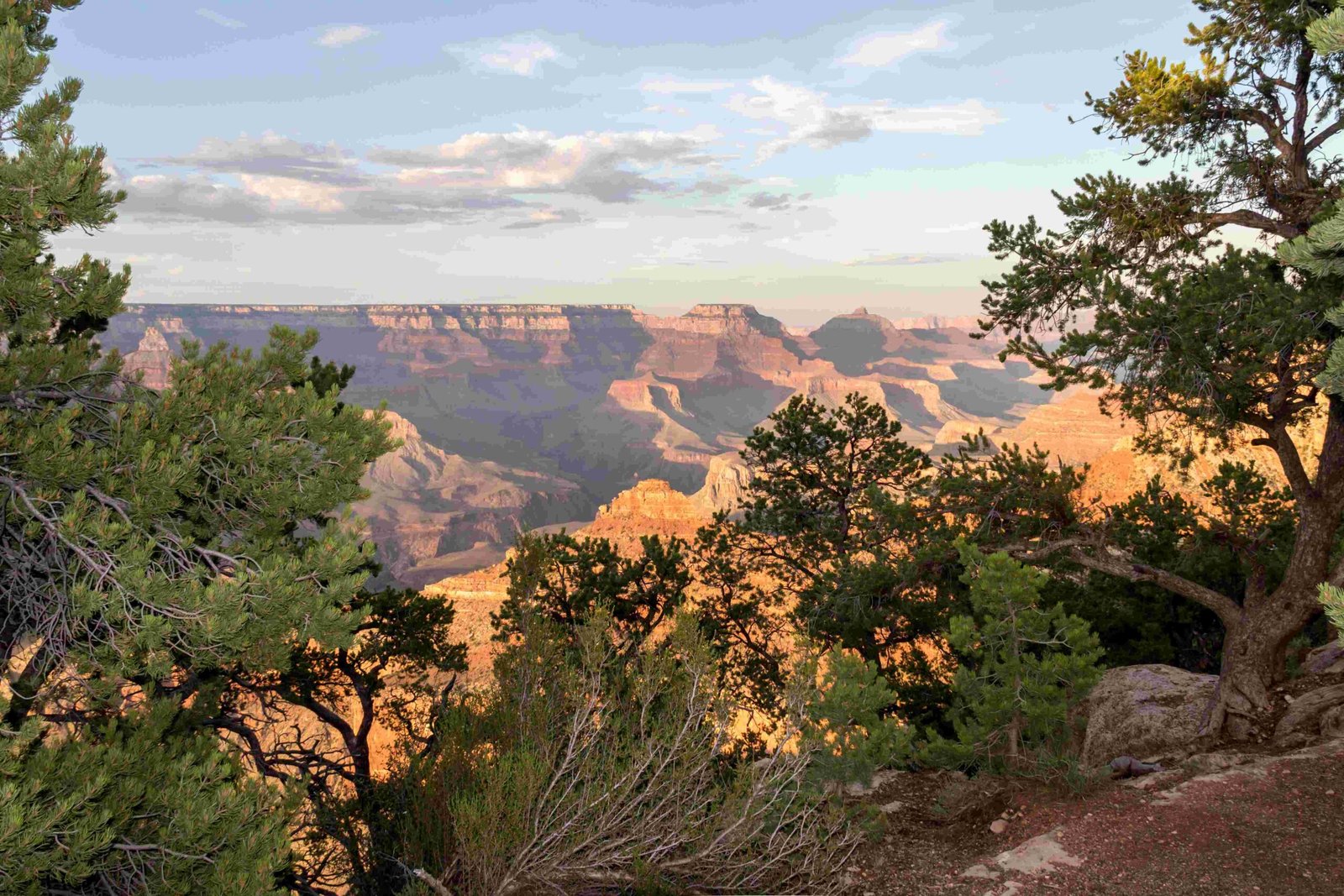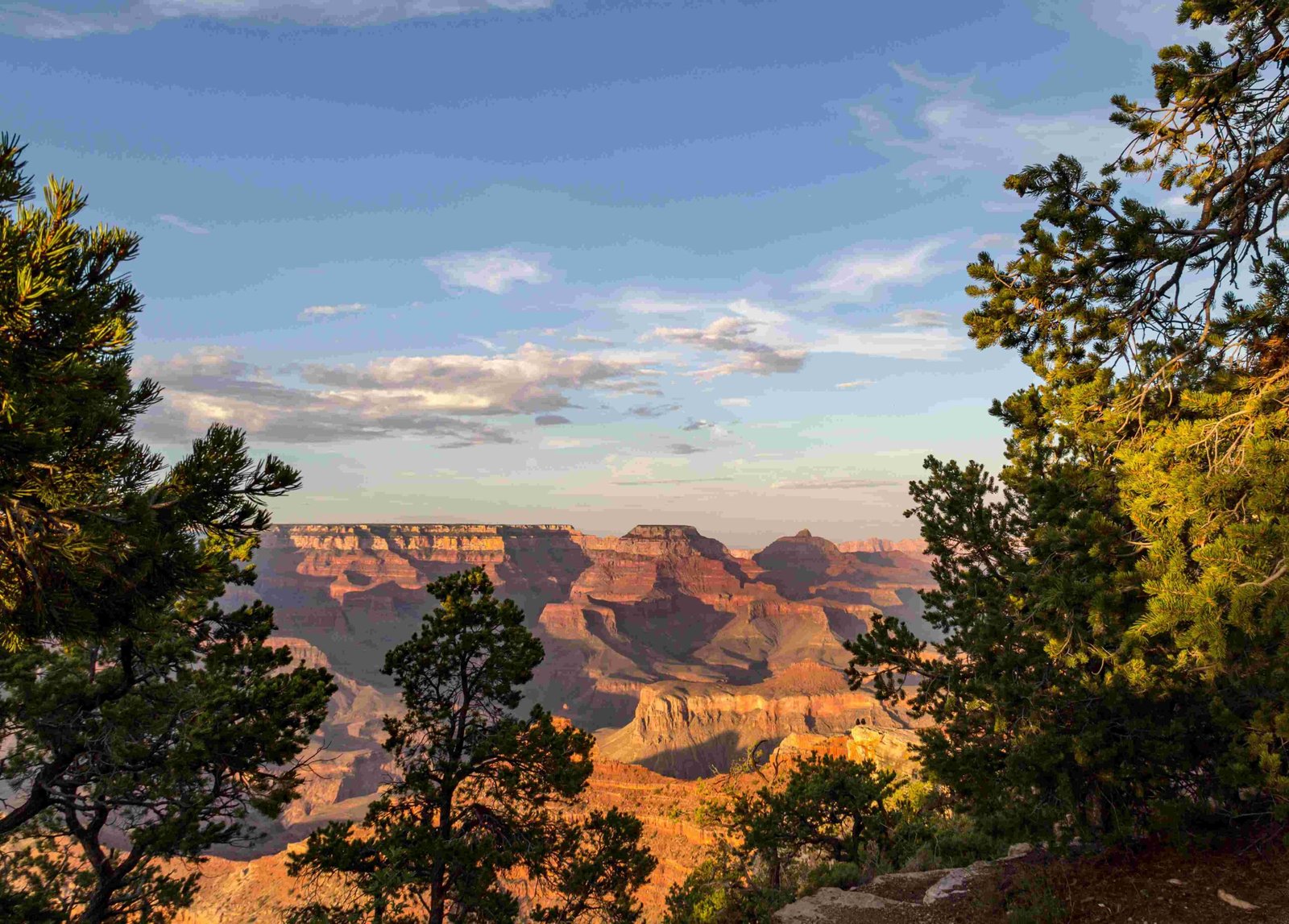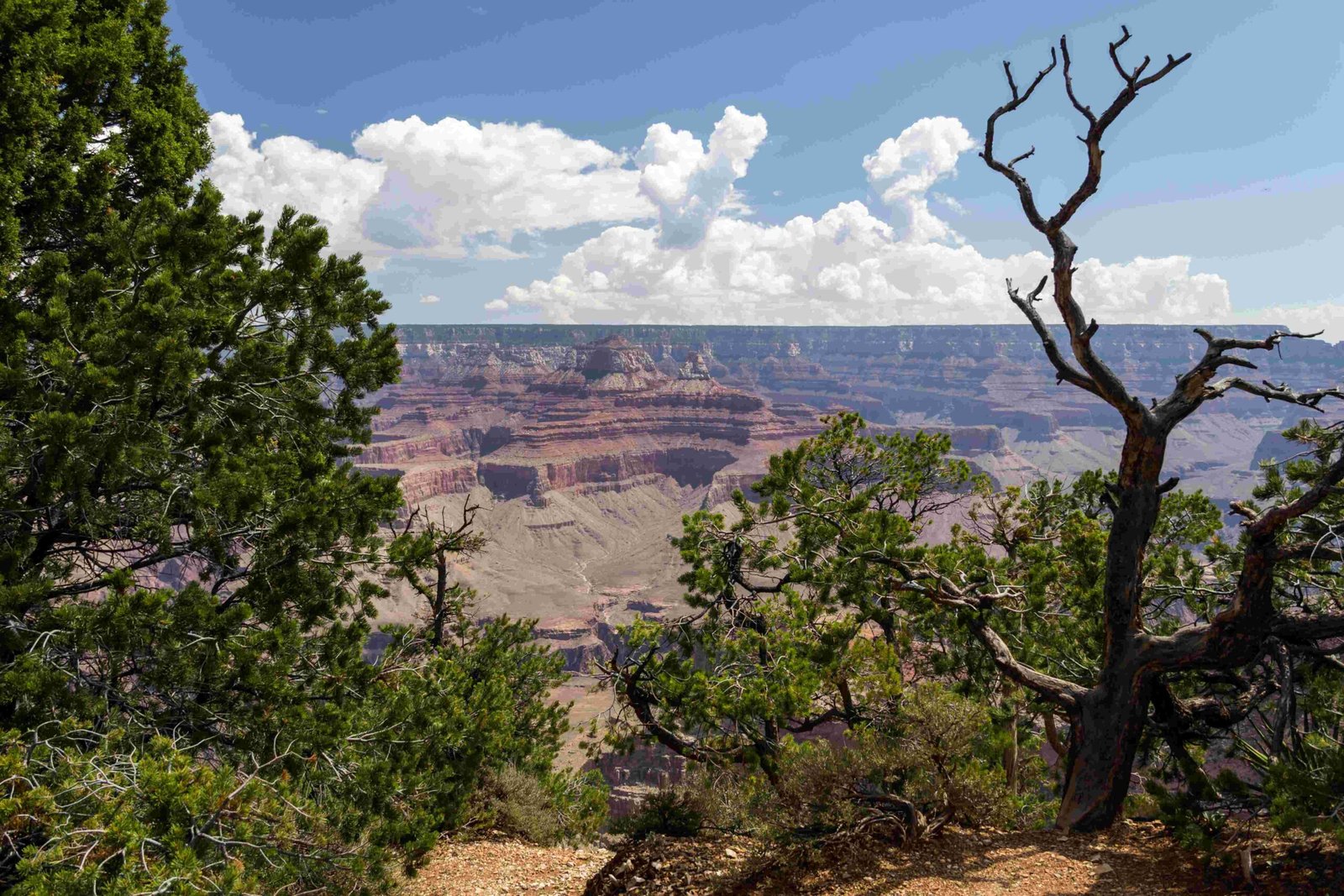Horseshoe Bend is a mesmerizing natural wonder nestled in the Grand Canyon region, straddling the border of Utah and Arizona. This iconic geological formation showcases a dramatic 1,000-foot horseshoe-shaped meander of the Colorado River, creating a spectacular panoramic view that attracts photographers, hikers, and nature enthusiasts from around the world. Located near Page, Arizona, this natural landmark offers an unparalleled visual experience of the Southwest’s dramatic landscape.
What Makes Horseshoe Bend Unique?

Horseshoe Bend represents a remarkable geological phenomenon where the Colorado River makes a near-perfect 270-degree turn, creating a stunning horseshoe-shaped canyon. The formation results from millions of years of erosion, with the river cutting through layers of sandstone to create this breathtaking landscape.
Key Geographical Details
| Feature | Description |
|---|---|
| Location | Near Page, Arizona |
| Elevation | 4,205 feet |
| River Depth | Approximately 1,000 feet |
| GPS Coordinates | 36° 52′ 27.59″ N, -111° 30′ 29.99″ W |
How to Reach Horseshoe Bend?

Accessing the Viewpoint
- Parking: Located off Highway 89, 4 miles south of Page, Arizona
- Parking Fee: $10 per personal vehicle
- Trail Length: 1.5-mile round trip
- Trail Difficulty: Easy to moderate
- Hiking Time: Approximately 1 hour round trip
What Photography Opportunities Exist?
Horseshoe Bend offers exceptional photography opportunities with multiple optimal shooting times:
- Pre-dawn and Dawn
- Soft, diffused light
- Rich color saturation
-
Minimal shadows
-
Sunset
- Dramatic lighting
- Enhanced color contrasts
- Potential for thunderstorm backgrounds
Recommended Camera Settings
- Lens: Wide-angle (11-16mm)
- ISO: 100-400
- Aperture: f/8-f/11
- Shutter Speed: 1/30s to 1/60s
What Should Visitors Know Before Visiting?
Important Visitor Information
- Best Seasons: Spring and Fall
- Temperature Range: 40-90°F
- Recommended Gear:
- Comfortable walking shoes
- Sun protection
- Water
- Camera
- Restrictions:
- No dogs allowed
- Caution advised with children
- Stay behind safety railings
What Safety Precautions Are Necessary?
- Maintain a safe distance from cliff edges
- Follow marked trails
- Carry sufficient water
- Check weather conditions
- Wear appropriate hiking attire
- Use sun protection
How to Capture the Best Views?
- Use the designated viewing platform
- Arrive early for optimal lighting
- Bring a tripod for stability
- Consider HDR photography techniques
- Experiment with different compositions
What Wildlife and Ecosystem Exists?
The surrounding area features a diverse ecosystem including:
– Desert vegetation
– Reptile species
– Migratory birds
– Sparse desert wildlife
Ecological Significance
Horseshoe Bend represents a critical geological and ecological zone, demonstrating the powerful erosive capabilities of the Colorado River and showcasing millions of years of geological transformation.
Conclusion
Horseshoe Bend offers an unparalleled natural experience, combining geological wonder, photographic opportunities, and a glimpse into the Southwest’s magnificent landscape. Whether you’re a photographer, hiker, or nature enthusiast, this destination promises an unforgettable adventure.
References:
1. National Park Service
2. Arizona Tourism Board
3. Page Tourism Website
Tags:
– Horseshoe Bend
– Grand Canyon Region
– Arizona Landscape
– Colorado River
– Nature Photography
– Hiking Destination

